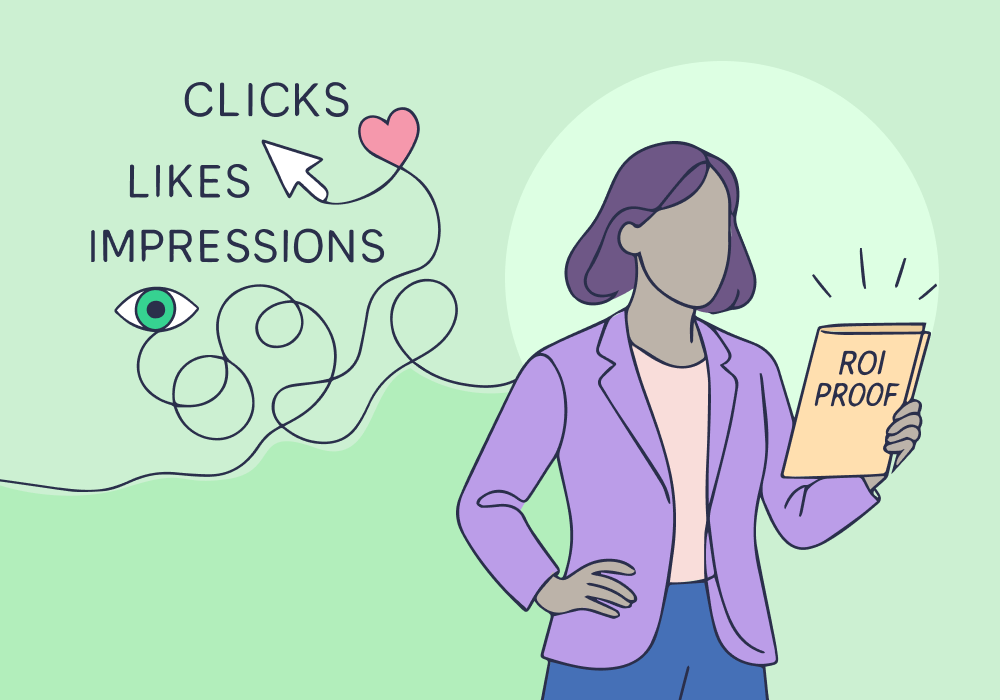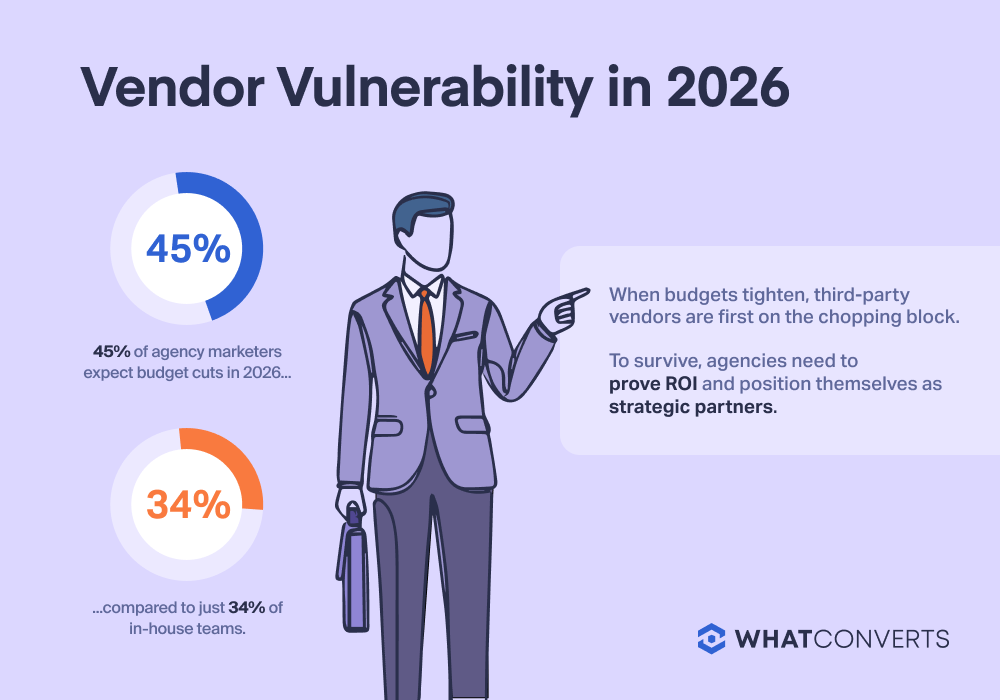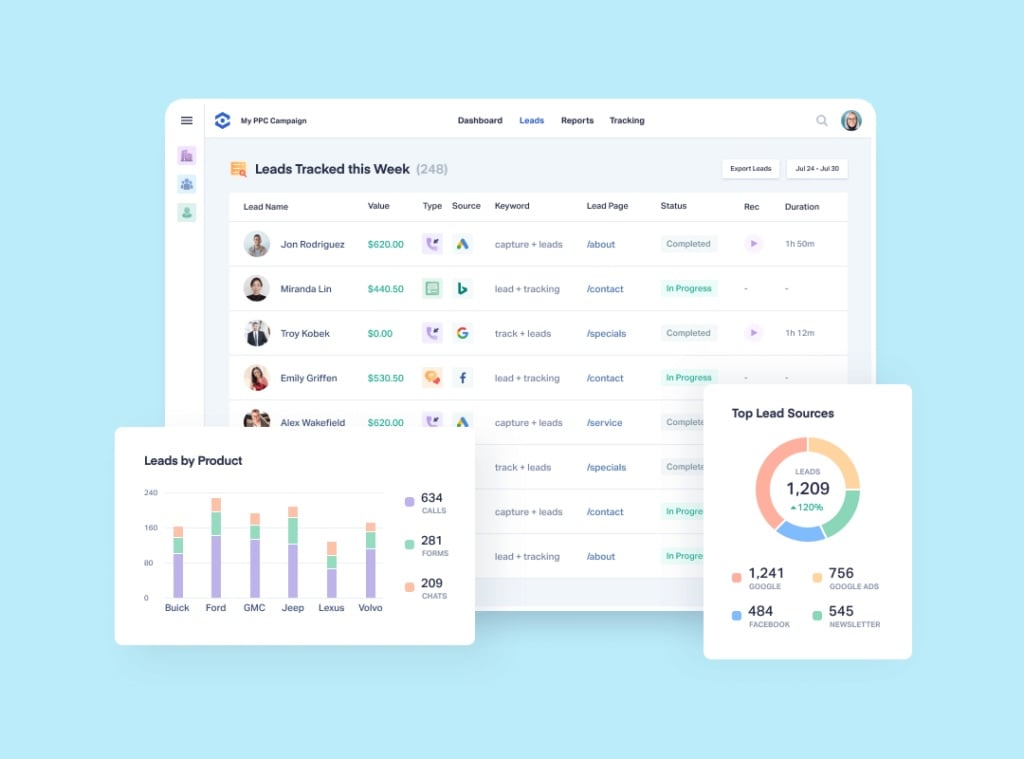
They say nothing is certain except death and taxes—and the fact that, in a tough economy, marketing budgets are going to be the first to get cut.
As more and more experts predict a recession, marketing budgets are under more scrutiny than ever. Leadership wants evidence that every dollar drives business growth. The problem is, marketers don’t have the proof.
Onclusive’s 2026 Communications Outlook report surveyed over 300 marketing and communications practitioners about their biggest challenges heading into 2026. Fifty-two percent of in-house marketers and 44% of agencies say "proving ROI beyond vanity metrics" will be a top three challenge.
In other words: about half of marketing professionals expect to struggle with the one thing leadership cares about most.
This is more than a measurement problem. It's a survival problem.
But it’s one that you can solve with the right approach.
When Budgets Tighten, ROI Proof Is a Nonnegotiable
The challenge goes deeper than just measurement. Additionally, 51% of in-house marketers and 53% of agencies also cite "connecting efforts to revenue and growth" as a top three challenge.
Teams know they need to prove value, but they don't have infrastructure that connects marketing activity to business outcomes. Inability to prove value is what relegates agencies to vendor status—the first cut when budgets tighten.
Read More: Sector45’s Secret to Client Retention: Evolving from Vendor to Partner [Case Study]
And budgets are tightening: 45% of agency practitioners expect budget cuts in 2026, compared to 34% of in-house teams.
Sam Rodriguez, Senior Director of Corporate Marketing at PAR Technology, puts it bluntly in the Onclusive report:
"If we can't show how our work drives growth, loyalty, and advocacy, we'll remain 'nice to have' or worst 'OK to be without.'"
Cathy Toft, Global Head of Corporate Communications at HMD Global, agrees:
"Gone are the days when senior leadership was satisfied with coverage volume or sentiment alone. In 2026, every function is expected to demonstrate a clear line of sight to business outcomes."
Budgets are shrinking, and that tough client call is coming one way or another. The question is: when you pick up the phone, can you prove your agency is worth keeping on the payroll?
How High Performers Are Solving It
Proving value "will remain the fundamental choke point" for teams in 2026, according to industry experts surveyed by Onclusive. But there's a solution.
Lead-based reporting ties marketing efforts directly to individual leads—and by extension, to quotes, sales, and revenue.
This translates “marketing activity” into business language. Instead of "generated 142 media placements with 85% positive sentiment," agencies report "generated 47 qualified leads resulting in $280K in closed business."
One speaks marketing. The other speaks money.
What Real Proof Actually Looks Like
A digital agency runs three campaigns for a home services client.
Traditional reporting says Campaign A wins—lowest cost per lead at $127.
But lead-based reporting reveals the truth:
| Leads | Cost per lead | Closed deal revenue | |
| Campaign A | 43 | $127 | $0 |
| Campaign B | 12 | $340 | $85,000 |
| Campaign C | 8 | $510 | $250,000 |
Campaign A generated spam, existing customers, and unqualified prospects. The "expensive" campaigns produced every dollar of actual business.
Without lead-based reporting, the agency doubles Campaign A budget and cuts the others. A few months later, their client terminates the contract, citing poor results.
With lead-based reporting, the agency cuts Campaign A and doubles budget to the others, solidifying their position as results-driven strategic partners.
The Infrastructure Required
To make the shift, marketers need to:
- Track leads from first touch through conversion
- Qualify leads based on actual business criteria
- Connect marketing sources to revenue outcomes
Lead tracking platforms like WhatConverts make this data visible and actionable.
Every lead gets captured with complete context—call recordings, form submissions, chat transcripts. Then you connect those leads to business outcomes: which became quotes, which quotes closed, and how much revenue each campaign actually generated.
When a lead becomes an $18K customer, that value attaches to the specific campaign, ad, and keyword that generated it.
This enables agencies to report "this campaign generated 23 qualified leads with an average quote value of $18K and a 31% close rate, contributing $127K in closed revenue."
That's a completely different conversation than reporting clicks and impressions.
It's the conversation that positions agencies as strategic partners rather than campaign executioners. And it's the conversation that protects budgets when economic conditions tighten.
Proof in Action
Digilatics, a digital marketing agency, faced this exact challenge with a home services client who needed an agency that could prove value in business terms and help them grow strategically.
Digilatics used lead-based reporting to connect every conversion to revenue outcomes. They tracked which campaigns, keywords, and locations generated actual jobs—not just leads. They showed quote values versus sales values. They reported ROI in dollars, not impressions.
The results:
- 22% business growth
- 90% reduction in cost per conversion
- $1 million in monthly recurring revenue for the first time in company history
This is what happens when agencies shift from reporting activity to reporting revenue.
Read More: Advanced Reporting and Clear Attribution Powers 22% Growth [Case Study]
The Widening Gap
A critical inflection point is approaching.
More than half of marketers struggle to prove ROI. Nearly half of agencies anticipate budget cuts. The gap between teams that can demonstrate value and those that can't is widening fast.
When agencies demonstrate clear cause and effect between work and growth, they shift from discretionary spend to essential partner.
The question is whether agencies will adopt the infrastructure that makes value demonstration possible.
In a landscape where half expect budget cuts and more than half struggle to connect work to revenue, lead-based reporting isn't an advantage.
It's the price of admission.
Ready to prove agency value with lead-based reporting?
Start your free 14-day trial of WhatConverts today or book a demo with a product expert to see how we help prove and grow your ROI.
Get a FREE presentation of WhatConverts
One of our marketing experts will give you a full presentation of how WhatConverts can help you grow your business.
Schedule a Demo
Grow your business with WhatConverts







